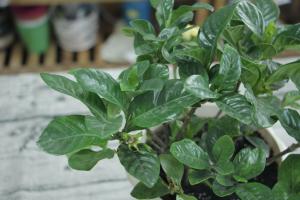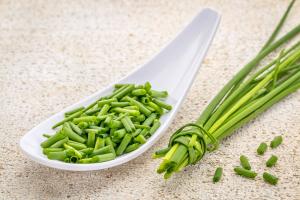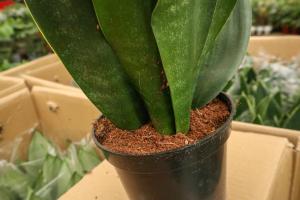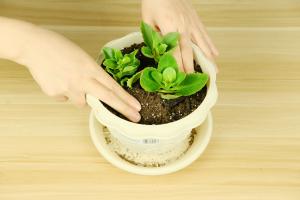Understanding Plant Hardiness: The Basics
As gardeners, we all want our plants to thrive and survive through different seasons. But, as we all know, weather can be unpredictable and extreme. This is where plant hardiness comes in. Plant hardiness is a way to have a general idea of which plants can survive in certain regions or growing conditions.
Plant hardiness is determined by a number of factors: temperature, humidity, rainfall, and other environmental conditions. The USDA Hardiness Zone Map, for example, is a standard for gardeners in the United States to use as a reference. The map divides the country into 13 zones based on the annual minimum temperature.
How Does Plant Hardiness Work?
Plant hardiness works by giving a general idea of which plants are more likely to survive in certain climates. It is important to note, however, that plant hardiness is not the be-all and end-all for plant survival. Other factors such as soil quality, amount of sunlight, and water availability all play a role in determining a plant's survival.
When selecting plants for your garden, it is important to take into consideration the plant's hardiness zone and how well it can adapt to your specific growing conditions. For example, a plant that is hardy to Zone 5 may not survive in a Zone 8 garden due to differences in temperature, humidity, and other factors.
How to Use Plant Hardiness
Using plant hardiness is simple. Start by understanding your region's hardiness zone. The USDA Hardiness Zone Map is a great place to start. Once you know your zone, use it as a starting point when selecting plants for your garden. Look for plants that are recommended for your zone and have a high probability of surviving in your specific growing conditions.
It is also important to note that plants can be microclimates within your garden. For example, a plant growing near a south-facing wall may experience different growing conditions and microclimates than one growing in the center of your garden. This is something to keep in mind when selecting and planting plants in your garden.
Conclusion
Understanding and using plant hardiness is crucial for any gardener. Plant hardiness gives us a general idea of which plants are more likely to thrive in certain growing conditions, based on factors such as temperature, humidity, and rainfall. When selecting plants for your garden, it is important to take into consideration your region's hardiness zone and the specific growing conditions of your garden. With this knowledge, you can select plants that have a higher probability of surviving and thriving in your garden.

 how many times do yo...
how many times do yo... how many planted tre...
how many planted tre... how many pine trees ...
how many pine trees ... how many pecan trees...
how many pecan trees... how many plants comp...
how many plants comp... how many plants can ...
how many plants can ... how many plants and ...
how many plants and ... how many pepper plan...
how many pepper plan...
































